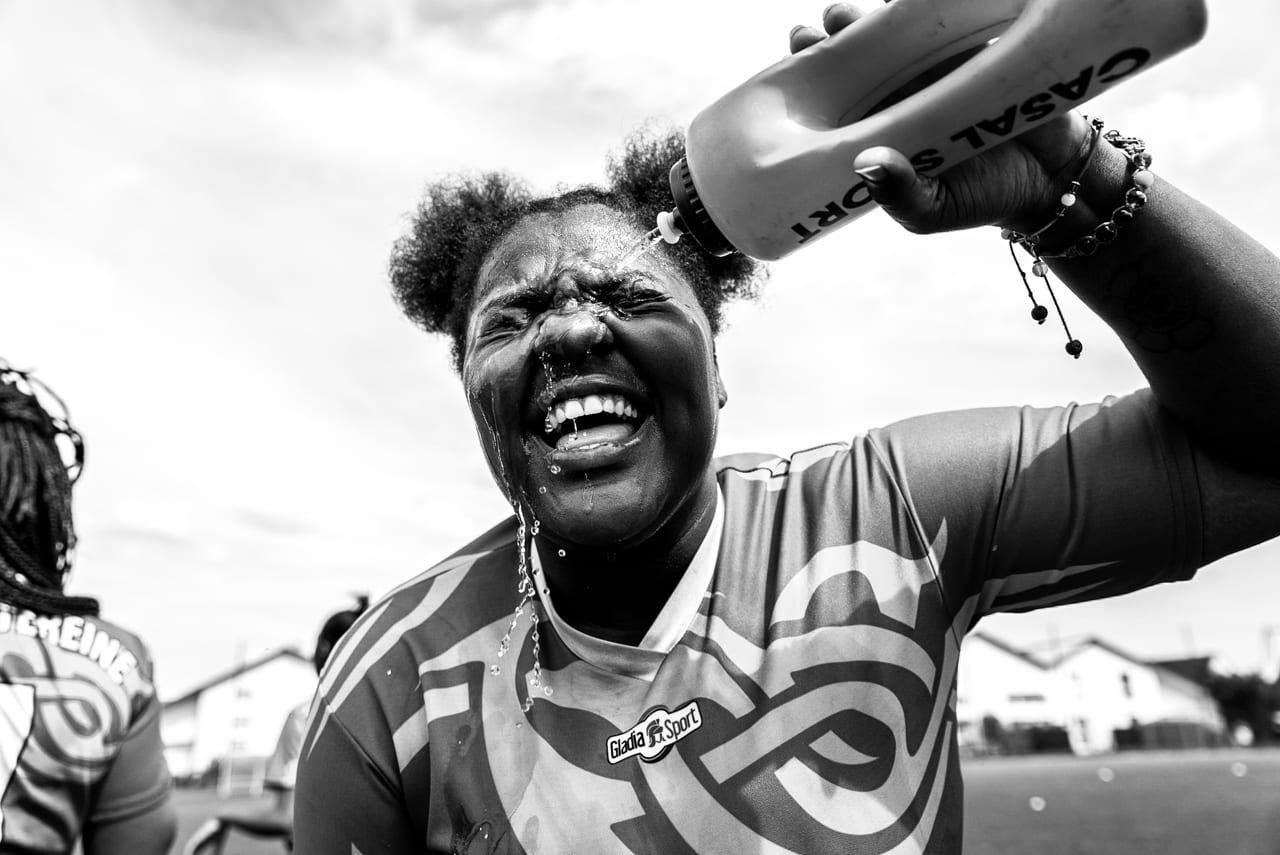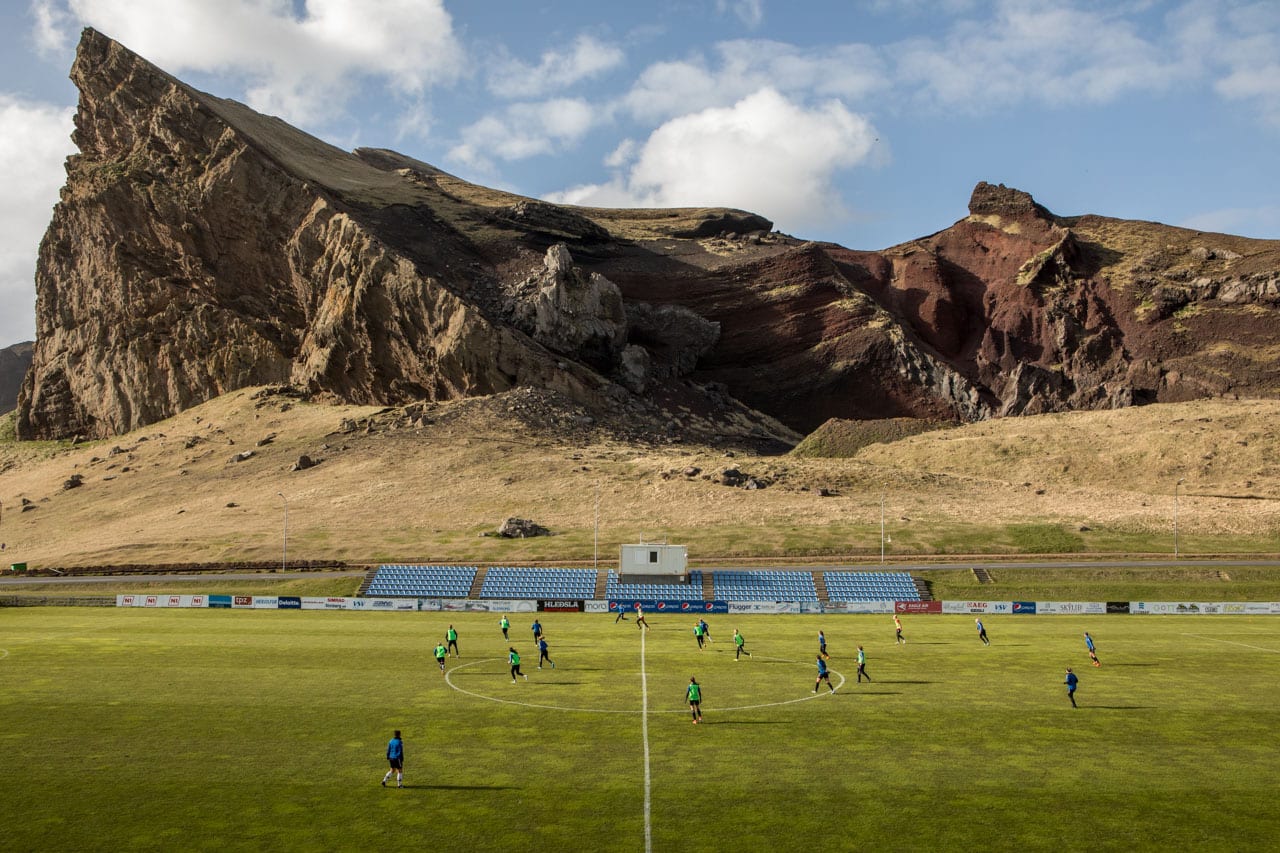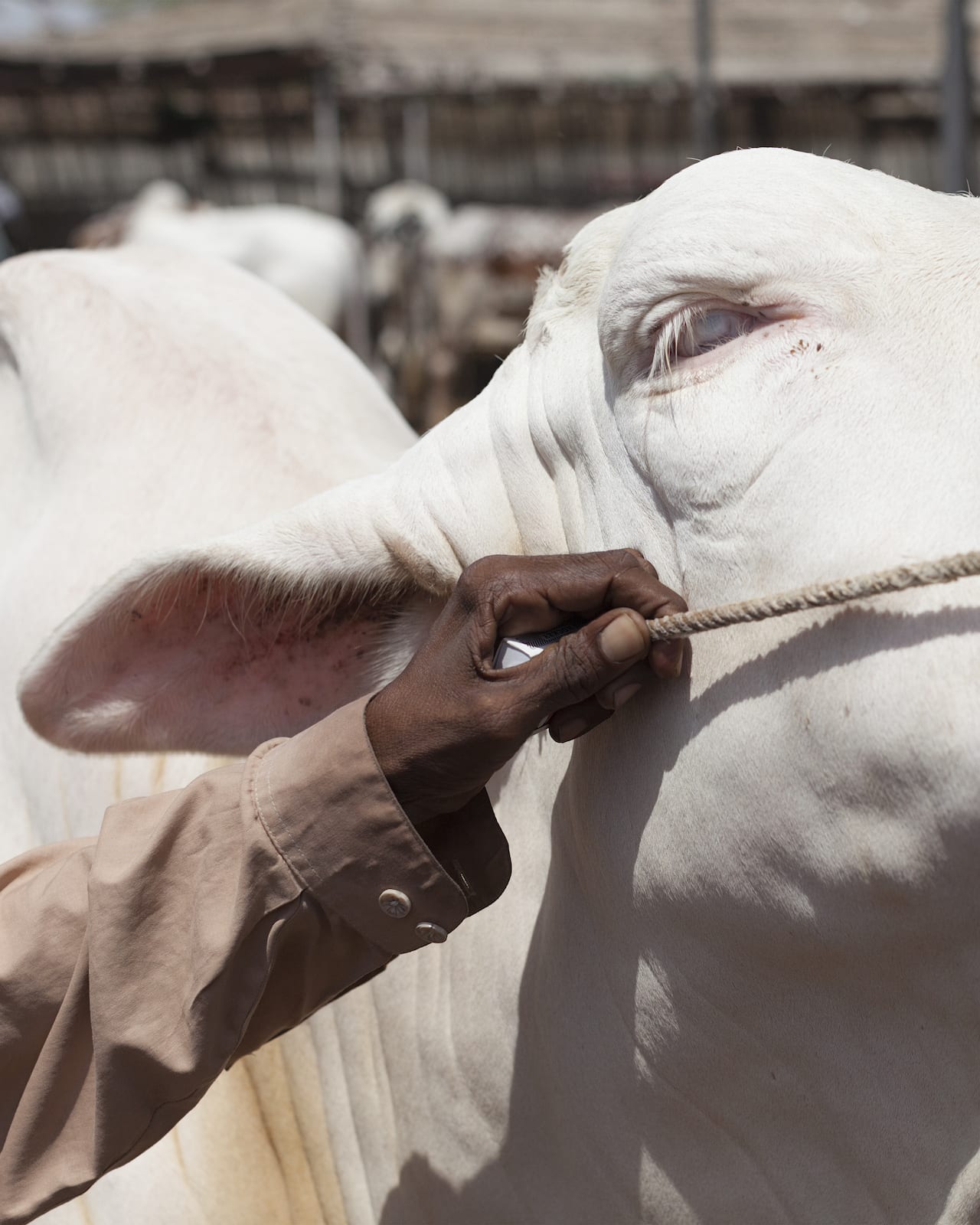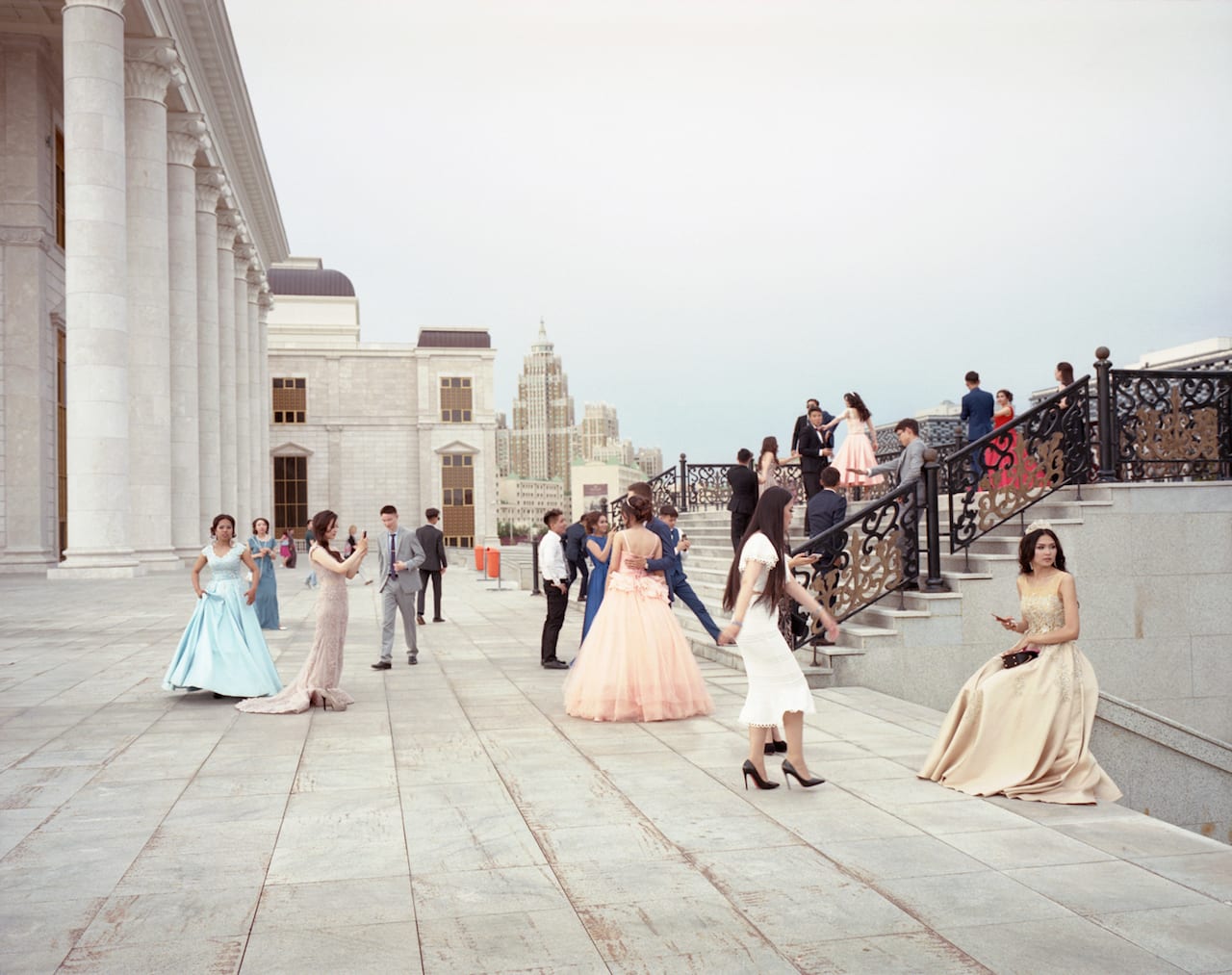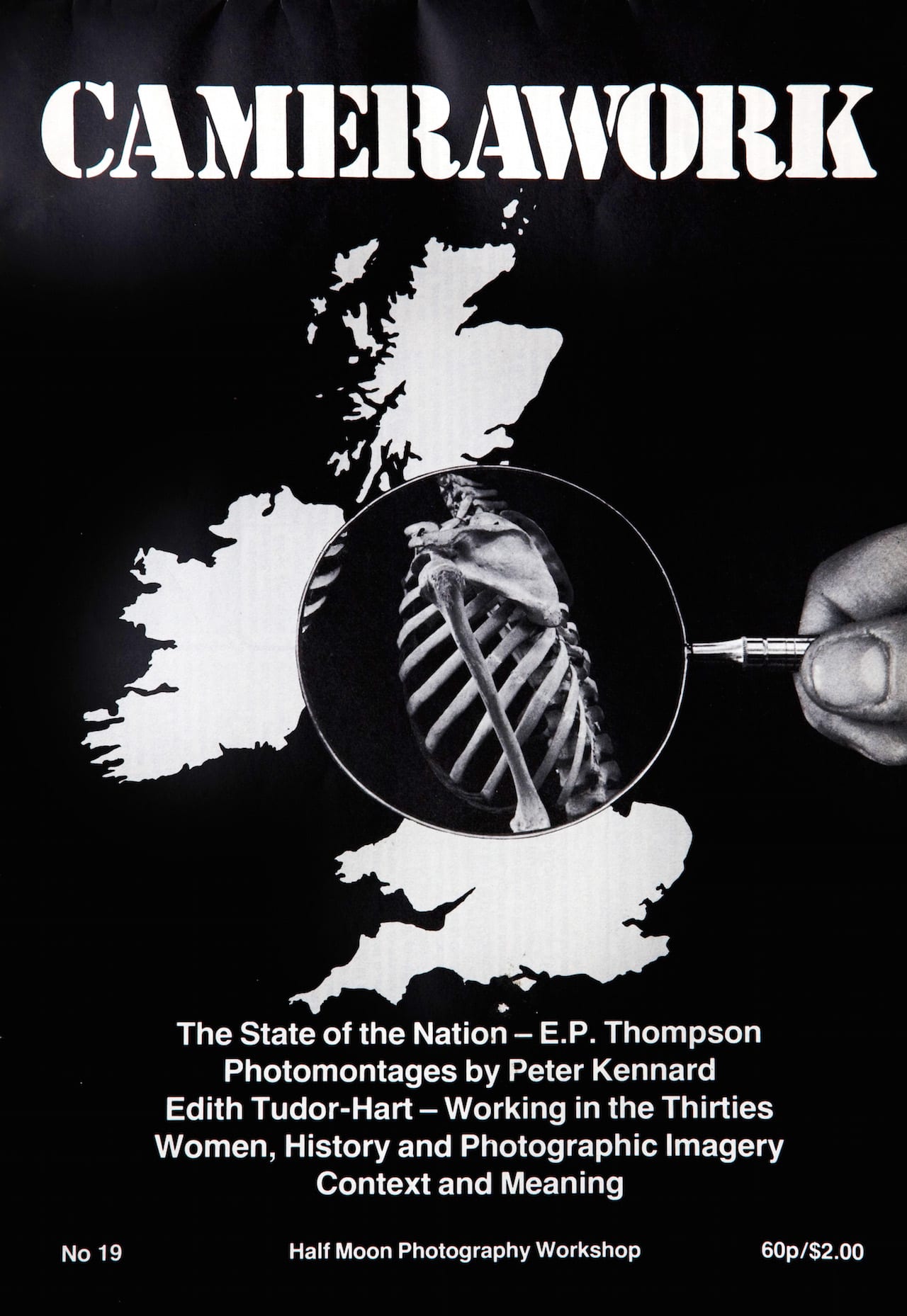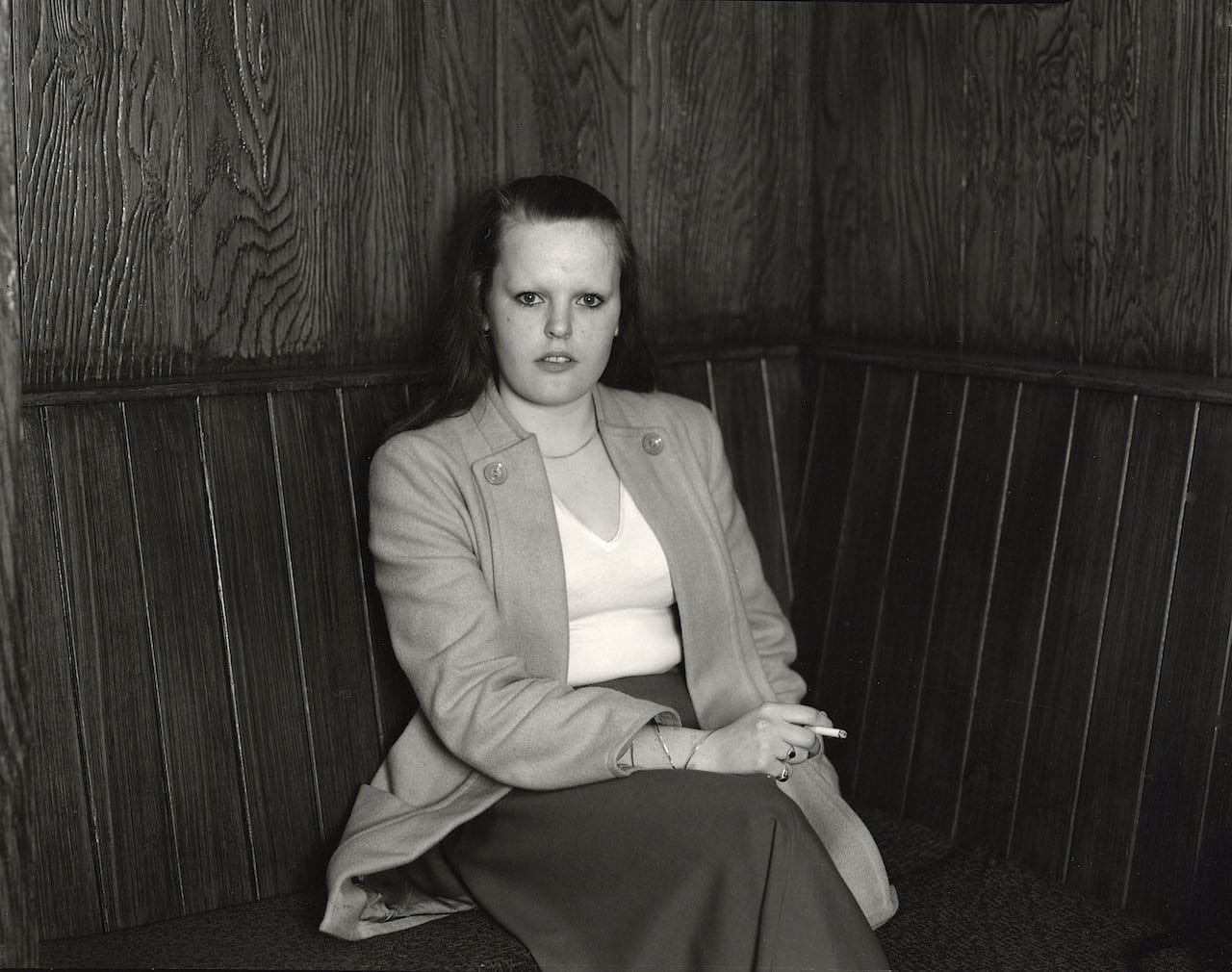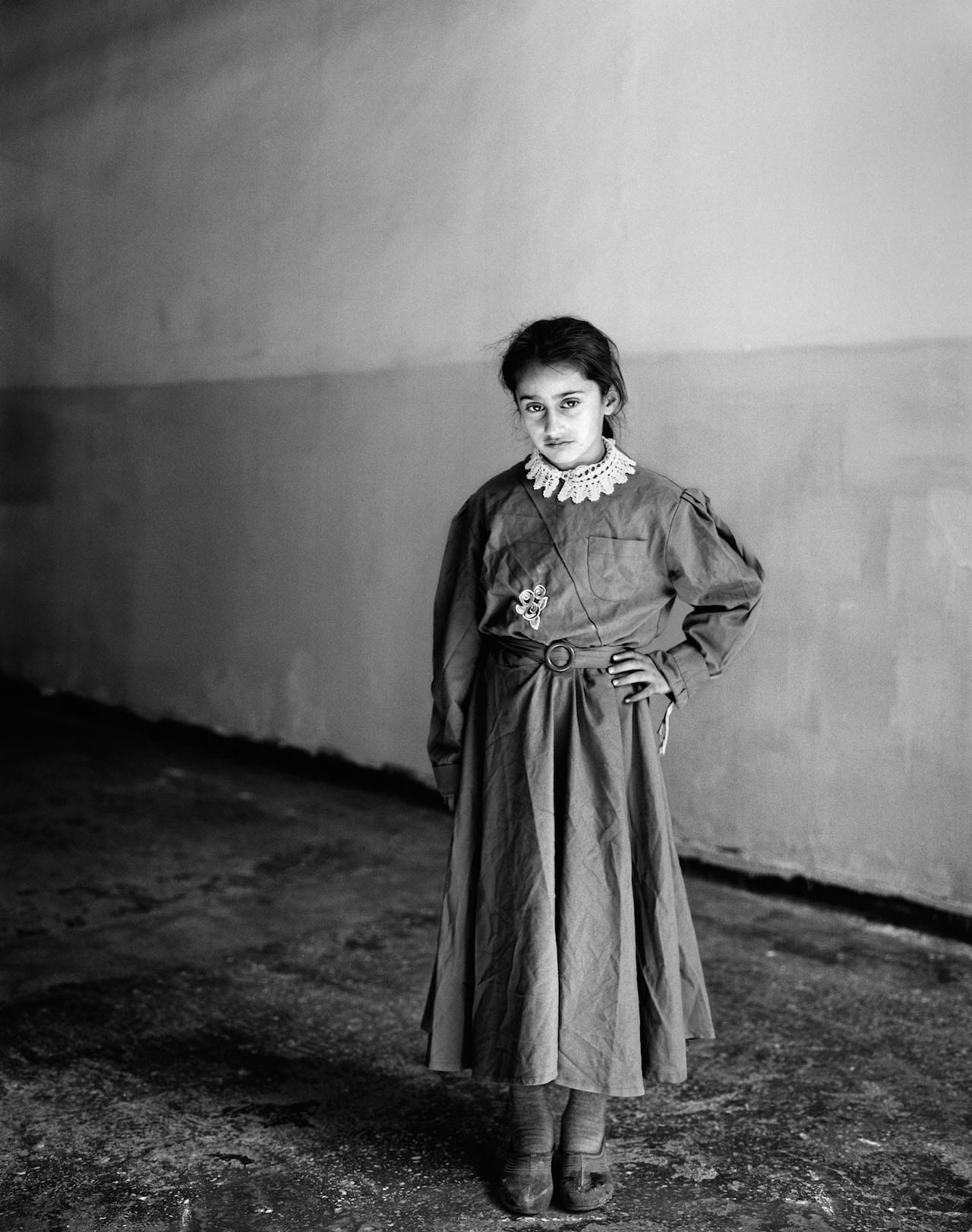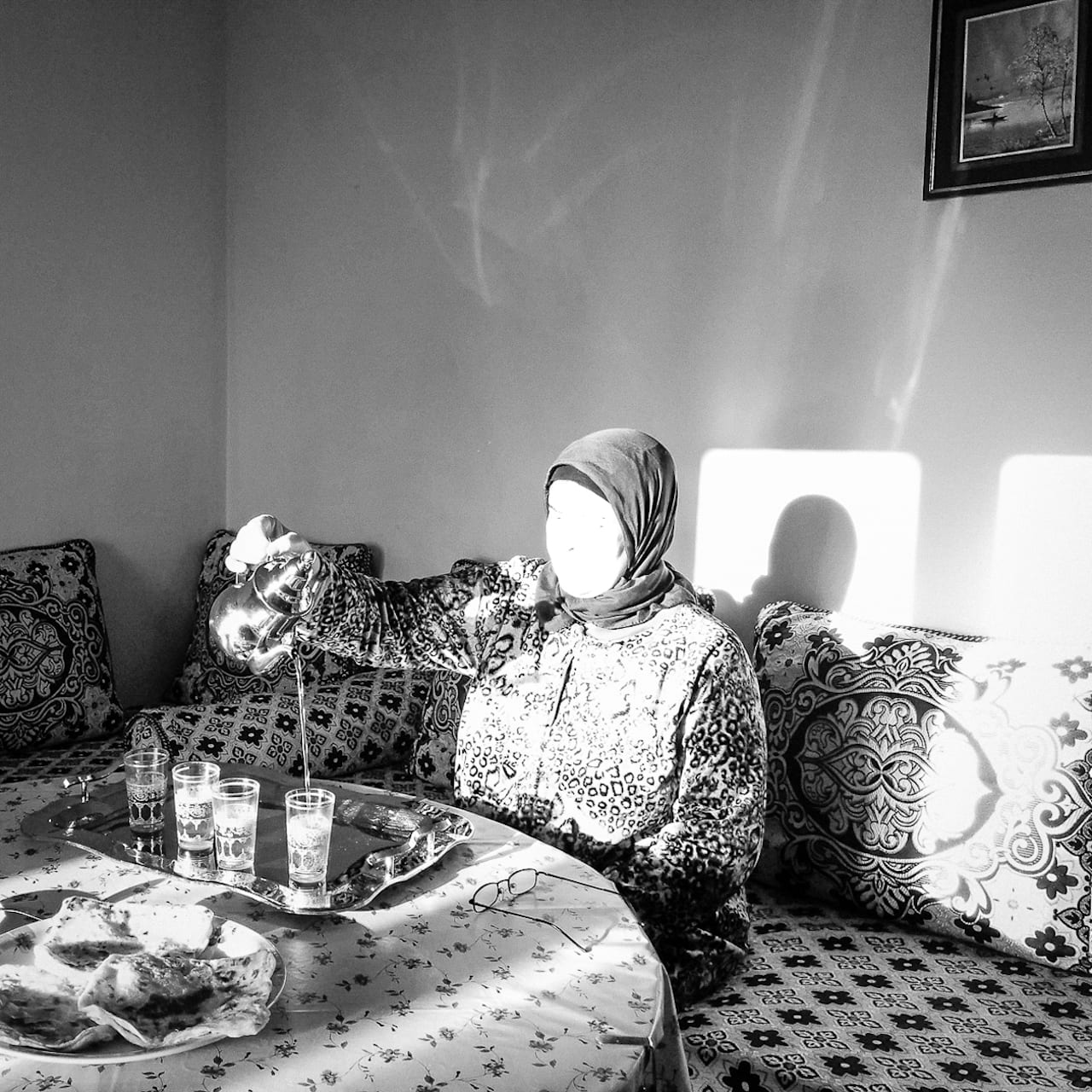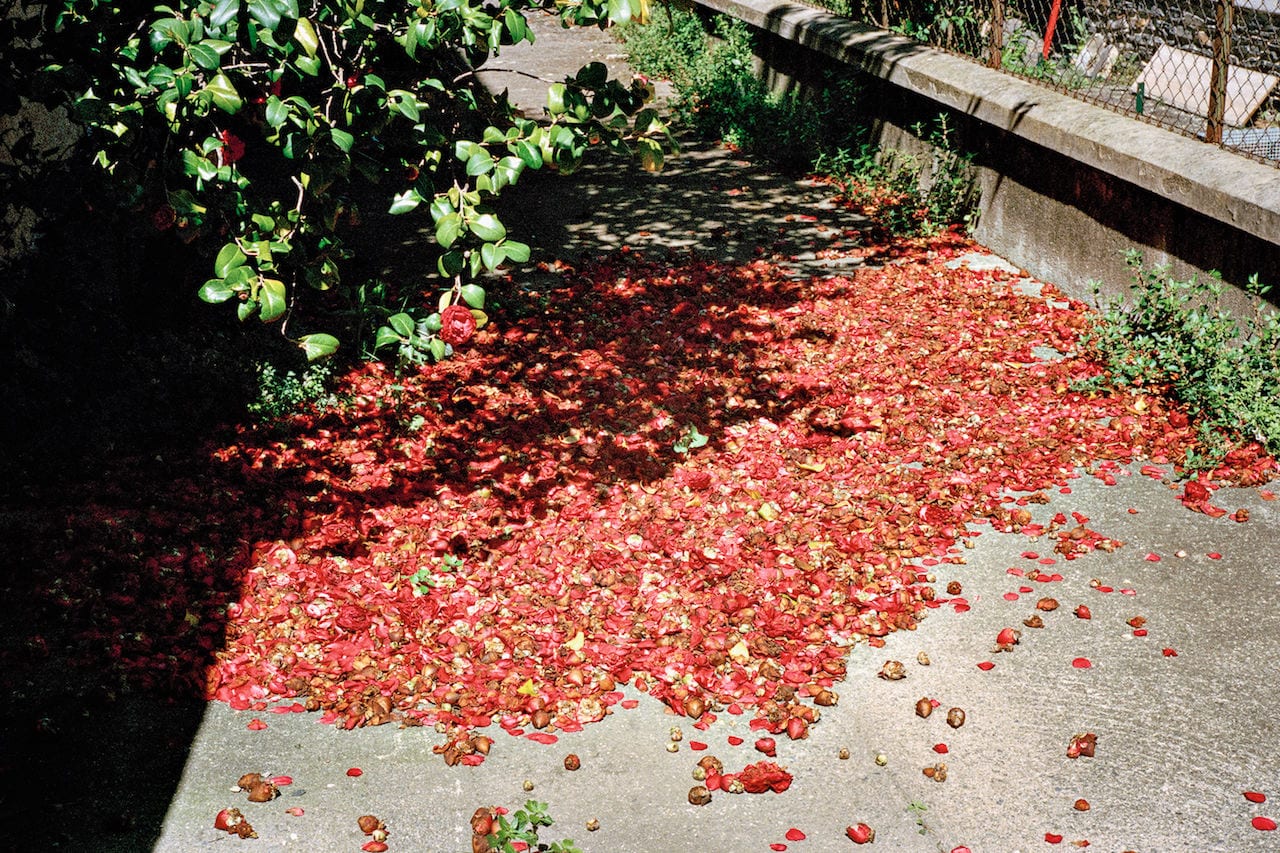“There is a myth that the suburbs in the outskirts of Paris are full of violence and disruption,” says Camilo Leon-Quijano, who is completing a PhD on the relationship between photography and the experience of living in low-income banlieue. “For me, it is just another place where you live and grow. Media and even academic discourse always tries to put these places down.”
Originally from Bogota, Colombia, Quijano has worked in his own country’s suburbs, the favelas, and has been studying in Paris for the last five years. “I wanted to see how people live, and try to leave behind all these negative stereotypes,” he explains.

